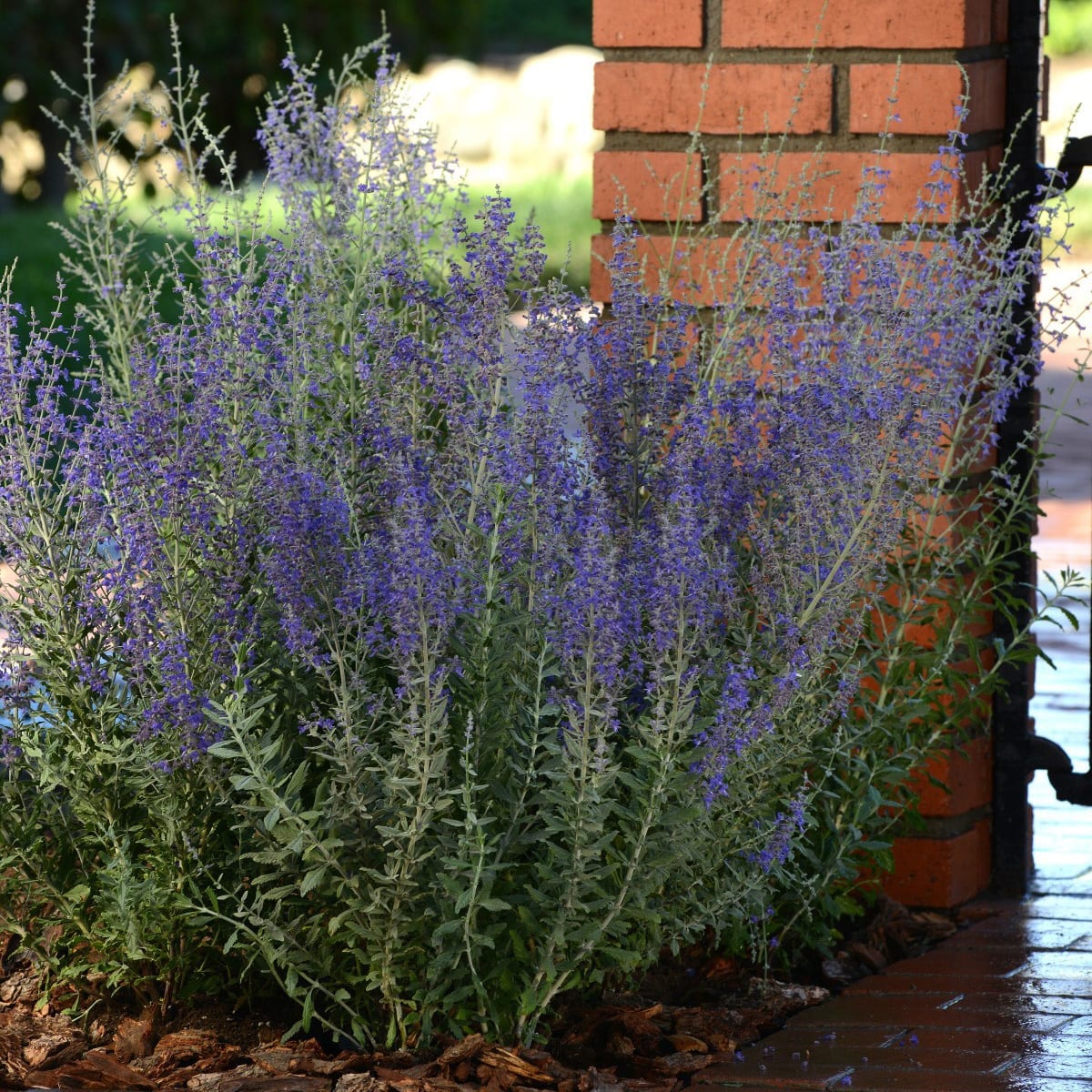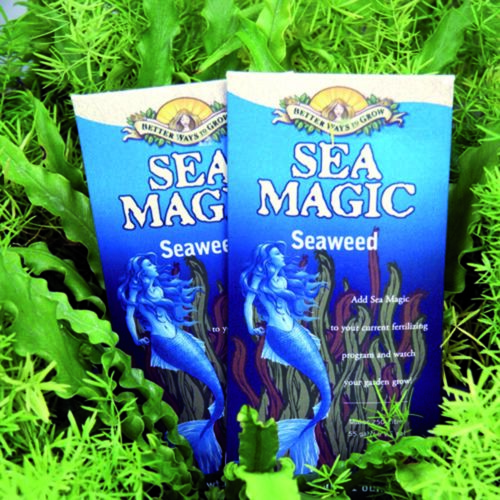| Zone | 4 |
|---|---|
| Maturity | Perennial |
| Germination (days) | 4-8 |
| Seedling temperature (°C) | 18-22 |
| Height (cm) | 45-90 |
| Spreading (cm) | 35-70 |
| Colour | Blue |
| Formulation | Raw |
Perovskia Blue Steel
Perovskia Blue Steel
6.79$
In stock
Perovskia Blue Steel has been added to cart
Buy 3 and get a 10% discount
Recommendations :
Indoor sowing : It is suggested to sow 8 weeks before planting outside. Outdoor: Plant the seeds in Mid Summer - Early Fall. (*)
(*) From 7 to 10 days after the date of the last ground frost.
This aromatic, silvery foliage plant carries clouds of small blue flowers on long and flexible silver stems. Heat and drought tolerant, it will flower the first year of an early sowing. Pinch for an optimal branching. Use 1 to 3 plugs in a 1-gallon container or 3 to 5 per 2-gallon container.
Cultivation mode
Plantation : Indoor: It is suggested to sow 8 weeks before planting outside. Sow seeds in cell packs or 5 cm pots, press into soil and barely cover. Cover the seeds with vermiculite to improve moisture for uniform germination. Keep the temperature around 18-22 °C. Germinate is in 4-8 days. Plants will flower faster and with stronger stems when grown under high light conditions. It is light accumulator for flowering. Will flower the first year, when started indoor. This variety does not need vernalization to flower. Outdoor: Plant the seeds in Mid Summer - Early Fall.
Soil : Indoor: A well-drained, porous sowing media is best to prevent overwatering. Outdoor: Any soil.
Culturals practices : These plants are very easy to grow. They tolerate poor soil, drought, and a wide range of soil pH. Although Russian sage is extremely drought tolerant, new transplants will need regular water. The biggest maintenance requirement of Russian sage is pruning. The flowers form on new wood -- branches that grew during the current season. In warmer regions, deadheading may result in a second flush of bloom. Otherwise, leave the flower heads for winter interest. Prune Russian sage plants back to about 15 cm in the spring. Do this just as the lower leaf buds are beginning to open, but before new growth fully starts.Once established, the plants can start to spread by runners. They can become quite aggressive if you don't remove the new plants, roots and all, fairly soon. These offshoots do not transplant easily. It is recommended you divide plants every four - six years to rejuvenate them and to cut back on their ability to spread. Older plants do not divide well.
| Latin name |
Perovskia atriplicifolia |
|---|---|
| Use |
flower bed |
| Floraison |
July to September |
| Sowing calendar - Biennials and Perrennials flowers |


